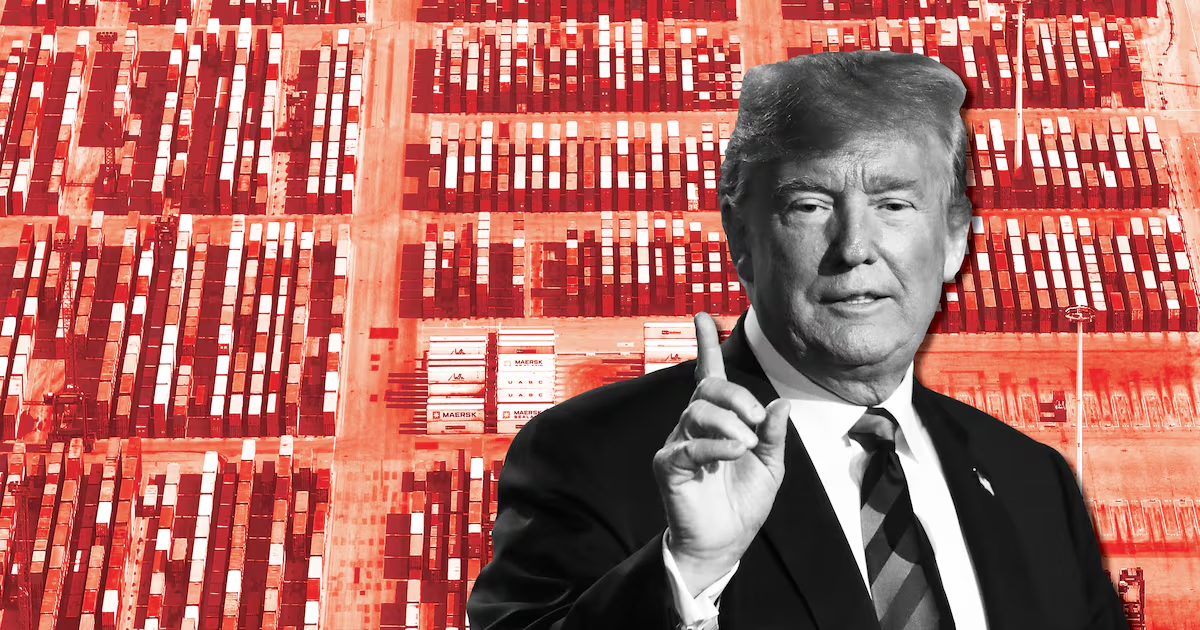
As the prospect of a second Trump administration approaches. Asian countries are strategizing on how to capitalize on the anticipated new tariff plans. With Trump threatening to impose significant tariffs on imports from China and other nations, the dynamics of international trade are shifting. Here’s how Asian nations, particularly those in Southeast Asia, can potentially benefit from these changes.
Overview of The Tariff Plan
Trump has indicated plans to impose substantial tariffs on imports from China, with rates potentially reaching as high as 60%. Additionally, he has proposed a 25% tariff on goods from Canada and Mexico, and a 10% tariff on all Chinese imports as part of his first executive orders if he takes office again.

The plan aims to eliminate exemptions that currently allow small shipments under $800 to enter the U.S. duty-free. This change could significantly affect e-commerce and small exporters, particularly those in China
Relocation of Manufacturing
One of the most immediate effects of Trump’s tariff plans is the potential for increased relocation of manufacturing from China to Southeast Asia. Companies looking to avoid hefty tariffs may move their production facilities to countries like Vietnam, Thailand, and Malaysia. This trend was observed during Trump’s first term when many firms relocated to Southeast Asia to evade tariffs imposed on Chinese goods.
Attracting Foreign Investment
Southeast Asian countries are well-positioned to attract foreign investment as companies seek alternatives to China. Nations that can replicate China’s manufacturing capabilities—especially in terms of cost and infrastructure—stand to gain significantly. Countries like Vietnam and Thailand have already seen an influx of factories from China and other nations, and this trend is expected to continue if tariffs rise.
Diversification of Supply Chains
The anticipated tariffs could lead to a bifurcation of global supply chains, where companies establish separate supply chains for the U.S. and other markets. Southeast Asia is likely to become a key player in this new landscape, as firms may set up operations there to cater specifically to U.S. markets while maintaining their Chinese operations for other regions.
Increased Demand for Local Inputs
As factories relocate to Southeast Asia, there may be a growing demand for local inputs and components. This could benefit local suppliers and manufacturers, provided they can meet the needs of these new factories. However, there is a risk that many relocated factories will continue to rely heavily on Chinese inputs, which could limit the benefits for local economies.
Potential Risks and Challenges
While there are opportunities, Asian countries must also navigate several risks associated with Trump’s tariff plans:

- Increased Scrutiny: Countries like Vietnam, which have significant trade surpluses with the U.S., may face increased scrutiny and potential tariffs themselves. Trump has previously labeled Vietnam as a major trade abuser, which could deter companies from relocating.
- Dependence on Chinese Inputs: Many Southeast Asian countries rely on Chinese materials for their exports. If the U.S. imposes tariffs on goods with significant Chinese content, this could negatively impact Southeast Asian manufacturers.
- Uncertain Policy Implementation: There is also uncertainty regarding how much of Trump’s tariff rhetoric will translate into actual policy. Companies may hesitate to relocate without clear guidance on future trade policies.
Asian countries, particularly in Southeast Asia, have a unique opportunity to capitalize on the new tariff plans proposed by Trump. By attracting manufacturing relocations and foreign investment, they can strengthen their economies. However, they must also be cautious of the potential risks and challenges that come with these changes. Adapting and responding to the evolving trade landscape will be crucial for these nations.
Read more on Lifetips.blog












